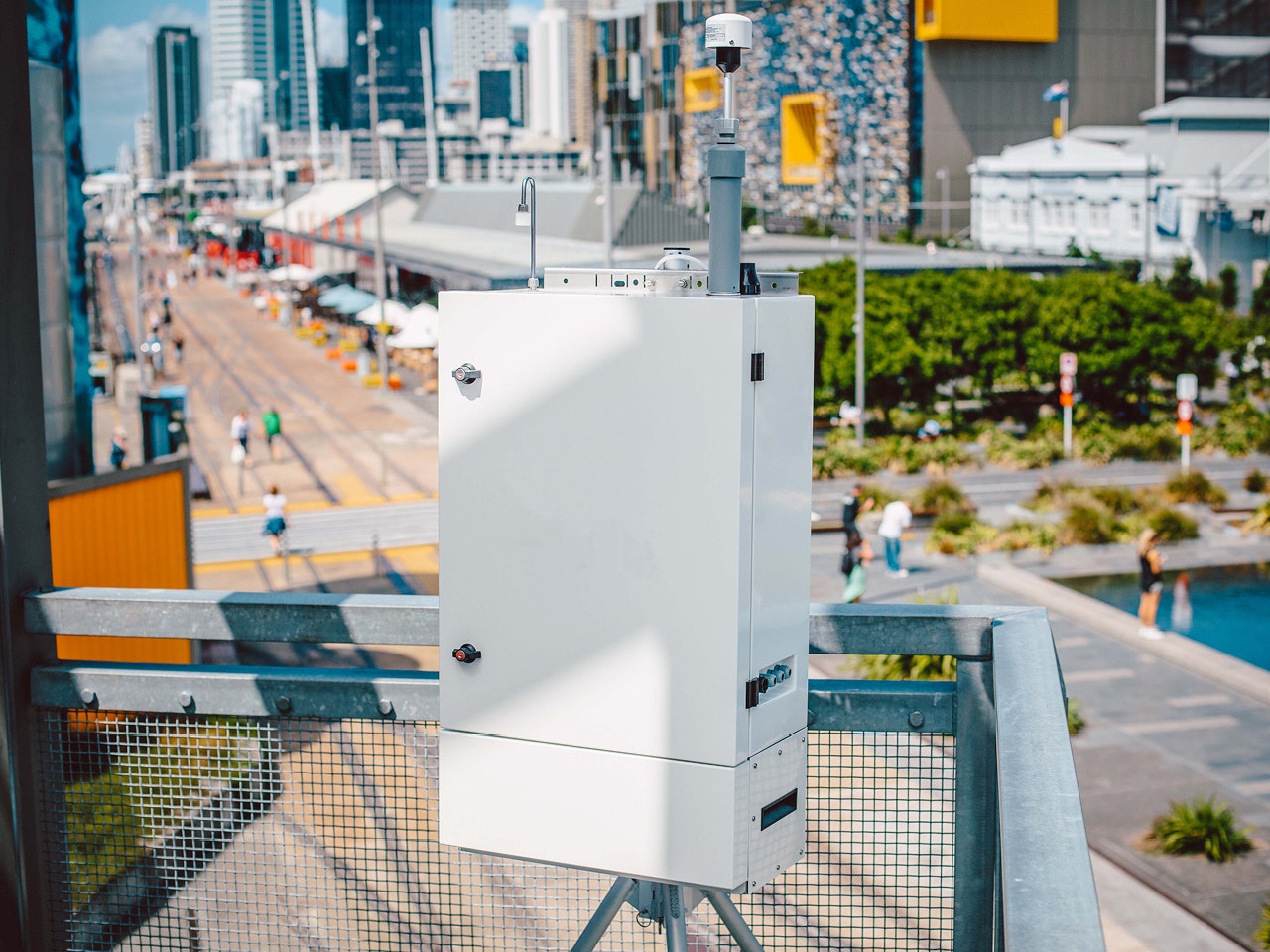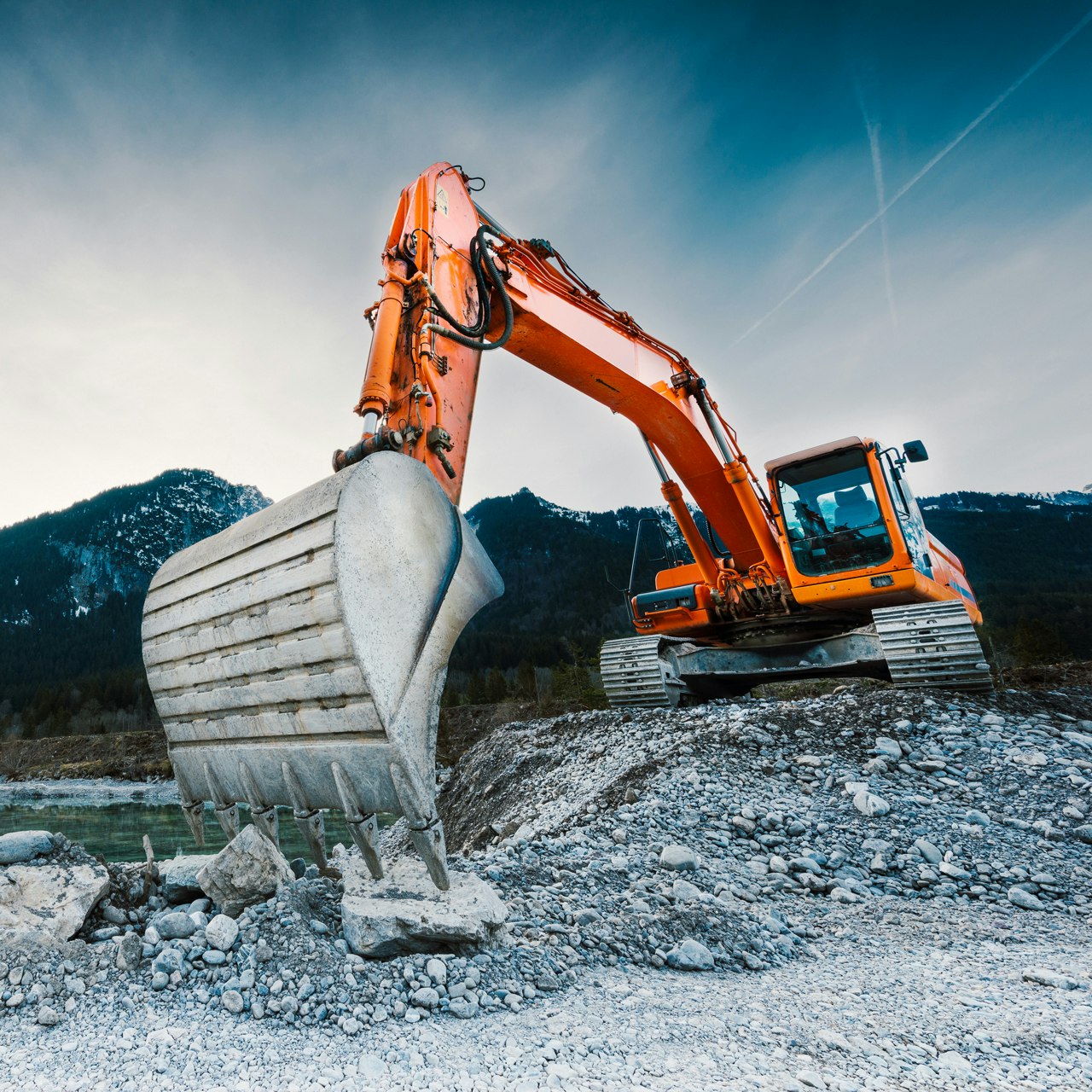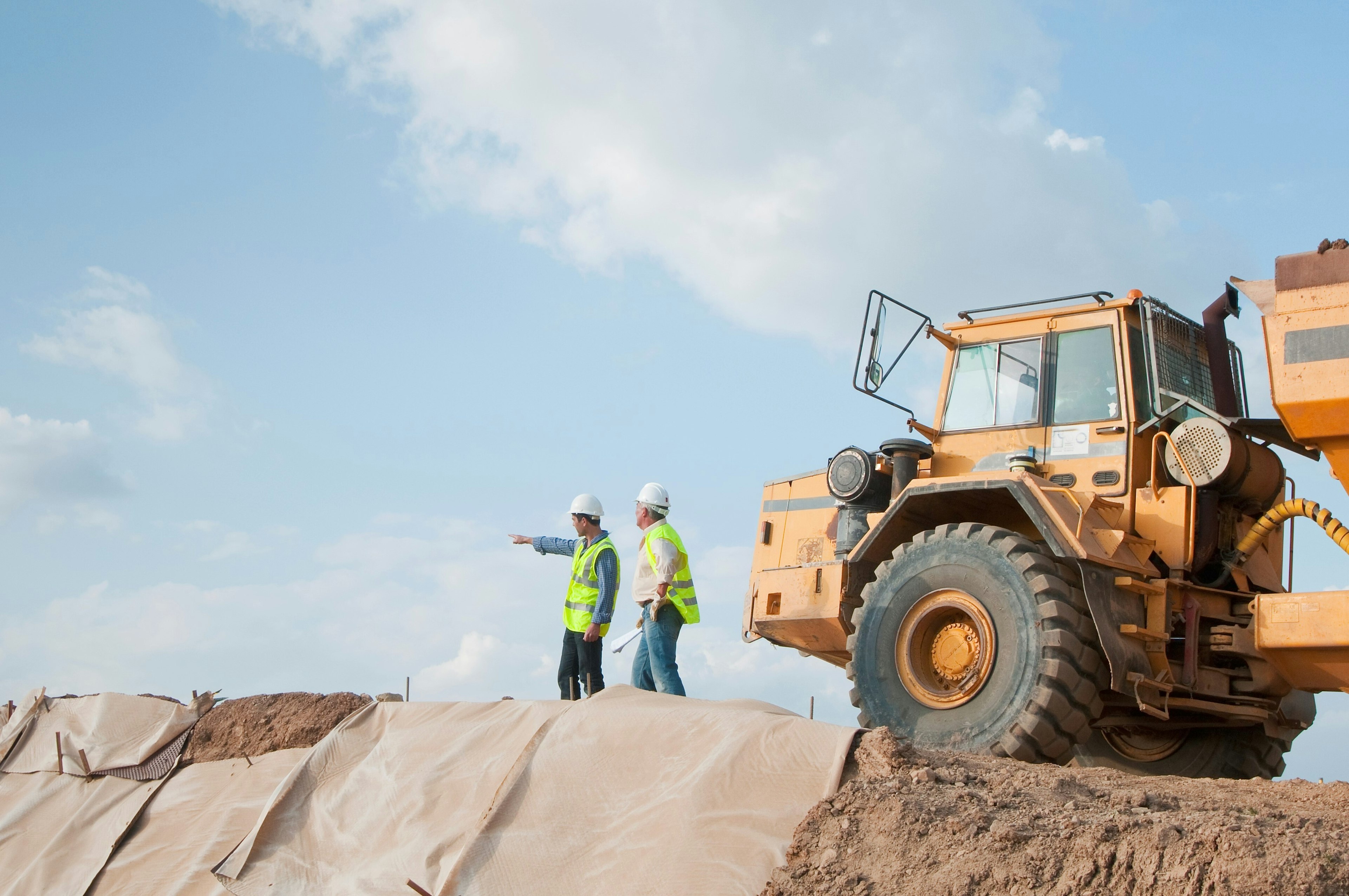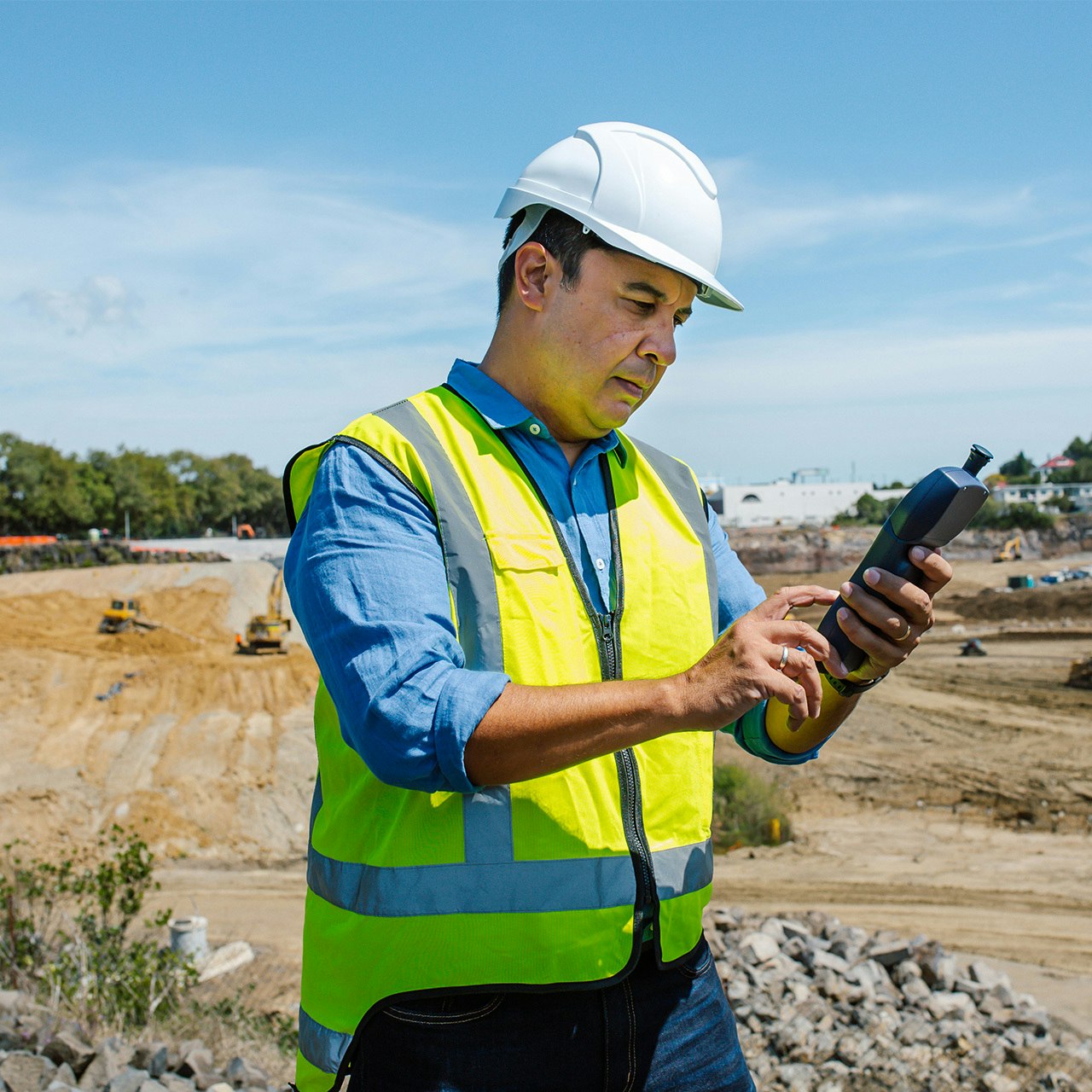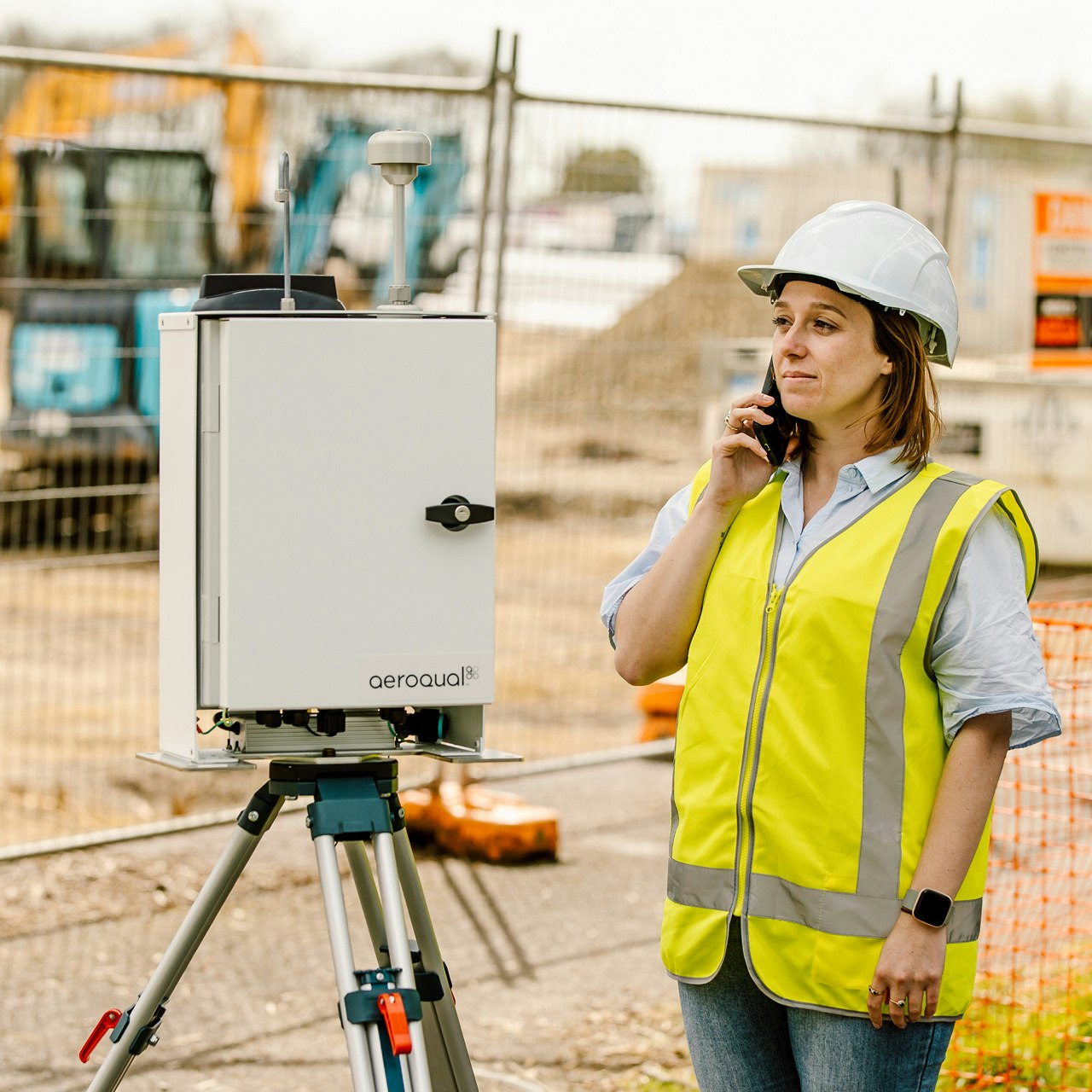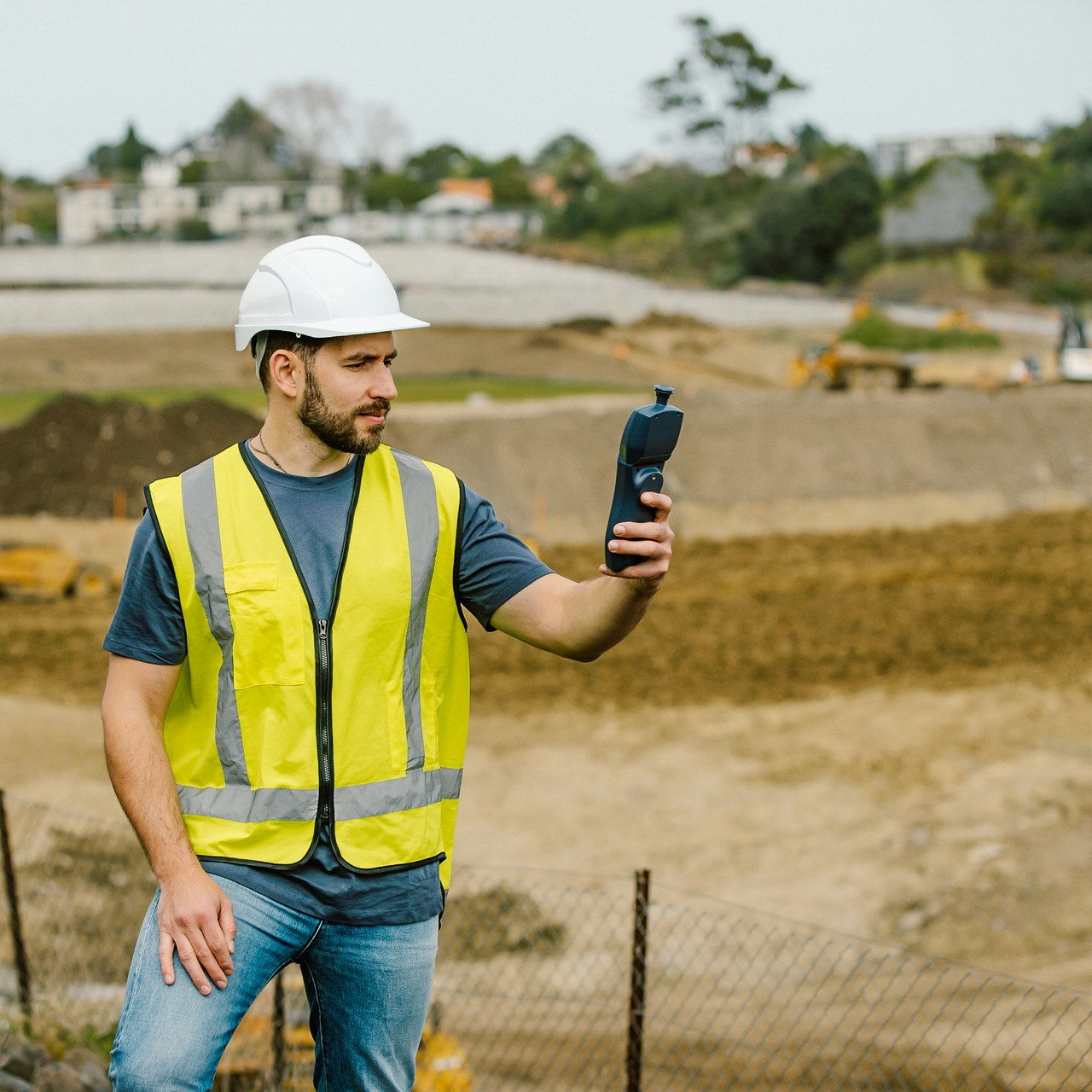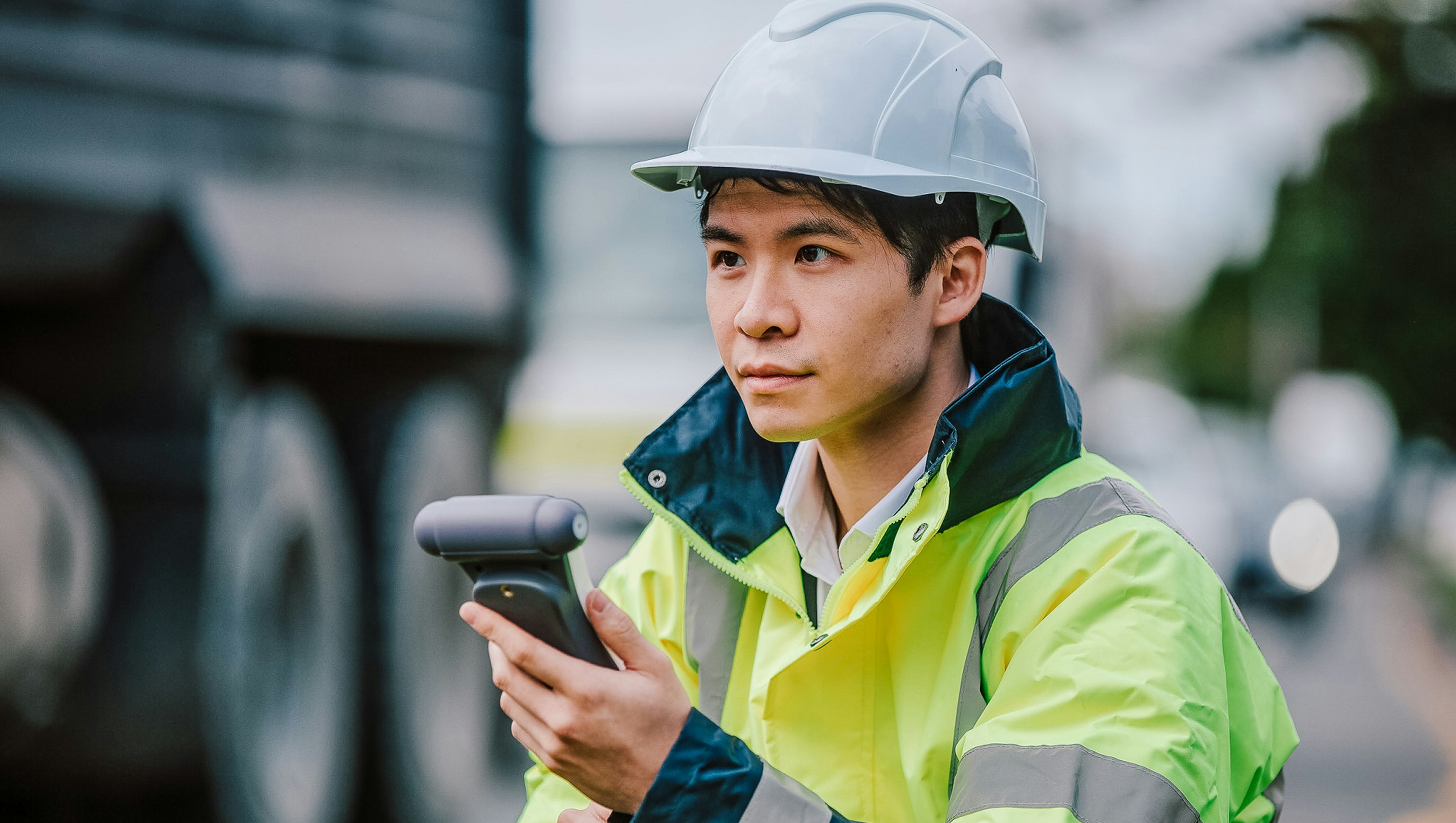Case Study
Dust Monitoring System Provides Quality Real-Time Data at the World's Largest Aluminium Smelter
Accurate online data in real-time for maintaining world-class product quality.
Project Details
Project
Emirates Aluminium (EMAL)
Location
United Arab Emirates
Date
2012
Services
1 x Dust Profiler outdoor particulate monitor
Measurements
PM1, PM2.5, PM5, PM10, and TSP
Sector
Occupational Health and Safety
Dust monitoring at the world’s largest aluminium smelter
Emirates Global Aluminium (EGA) is a state-of-the-art aluminium smelter that produce 1.3 metric million tonnes per annum, making it one of the largest single site smelters in the world. In the casting house, a semi-covered hangar-type area, EGA continuously monitors multiple particulate fractions – TSP, PM10, PM2.5 and TSP – to ensure the quality of its production process. The Dust Sentry was chosen because it provides simultaneous measurement with the ability to adjust the manufacturing process in real-time.
The customer
Emirates Global Aluminium (EGA) is a state-of-the-art aluminium smelter complex supplying the world with high quality metal. The advanced smelter in Al Taweelah will produce 1.3 metric million tonnes by the end of 2014, making it one of the largest single site smelters in the world.
The site currently includes a 2,000 MW power plant, which will increase to approximately 3,000 MW by 2014, a carbon plant and a flexible cast house with the capacity to produce a wide variety of world-class products. A purpose-built wharf at Khalifa Port shortens the supply chain of raw materials direct from sea to smelter.
The problem
EGA understands that the customer’s needs come first, and so has invested in the best available plant and equipment to allow it to meet today’s high standards and the needs of tomorrow. High quality raw materials and modern production management system ensure that EGA products are equal to the best anywhere. To achieve such quality of sheet ingot, different sizes of particulate matter must be monitored continuously in Cast House (an outdoor space under shaded cover). To maintain the quality of its products, EGA requested a solution to monitor PM1, PM2.5, PM10 and TSP at the same time, continuously, and in real time.
Among different solutions and methods, the proposed equipment could not include any radioactive source, which is commonly used in the Beta Attenuation Method (BAM), because of the health and safety implications of working with such equipment. In this case there were other limitations of the BAM including cost, restriction to one particle size measurement, and inability to provide data in real time. In addition, a local company was required to design and engineer a system that would provide the results in the control room (a few metres from the equipment) with on-line reporting software as well as analogue signals. Local support including maintenance and calibration was another important concern to the client in selecting the right equipment and supplier.
The solution
Aeroqual’s local representative Enviro & Industrial Solutions (EIS) proposed a Dust Sentry for the application. Based on a light-scattering nephelometer the Dust Sentry is able to accurately measure and report on airborne particulate matter in real time. In addition, to meet all the client’s requirements, Aeroqual set the device to monitor all the requested particulate fractions including a specific setting for PM5 monitoring. EIS were also able to offer an annual maintenance contract for the Dust Sentry, meaning that periodic maintenance and calibration would be carried out by an expert provider. This additional support gave EGA the confidence they needed to proceed.
FAQs
- What does Aeroqual offer for particulate monitoring?Aeroqual provides advanced particulate monitoring solutions, including the Dust Sentry series, designed to meet the needs of industries like Emirates Global Aluminium and other leading manufacturers worldwide.
- What was the purpose of the Emirates Global Aluminium (EGA) project?The project aimed to provide EGA with a reliable solution to monitor particulate fractions like PM1, PM2.5, PM5, PM10, and TSP in real time, ensuring product quality and compliance.
- Why did EGA choose the Dust Sentry for their operations?EGA selected the Dust Sentry for its real-time monitoring capabilities, ability to simultaneously measure multiple particulate sizes, and alignment with the stringent requirements of Emirates Global Aluminium.
- How does the Dust Sentry contribute to EGA’s success?The Dust Sentry provides accurate, continuous data that enables EGA to maintain high standards for their aluminium products while optimizing manufacturing processes.
- What pollutants are monitored at EGA’s aluminium smelter?The Dust Sentry monitors PM1, PM2.5, PM5, PM10, and TSP to ensure comprehensive air quality management.
- What technology does the Dust Sentry use?The Dust Sentry employs light-scattering nephelometer technology to provide accurate, real-time data on particulate matter.
- What makes Aeroqual a preferred choice for aluminium smelters?Aeroqual’s advanced technology, comprehensive maintenance plans, and real-time data solutions make it a trusted partner for leading smelters like Emirates Global Aluminium.
- Can the Dust Sentry monitor particulate sizes specific to aluminium smelting?Yes, the Dust Sentry can be customized to monitor specific particulate fractions, including PM5, making it ideal for aluminium smelter equipment monitoring.
- Is Aeroqual’s Dust Sentry suitable for other industries?Yes, the Dust Sentry is versatile and can be used in sectors such as manufacturing, industrial hygiene, and environmental monitoring.
- Why is the Dust Sentry ideal for aluminium smelter equipment monitoring?The Dust Sentry’s robust design, ability to measure multiple particulate sizes, and real-time reporting capabilities make it an ideal choice for EGA Aluminium and other smelting operations.
Related products
Evaluation
Thanks to the flexible platform and robust design of the Dust Sentry and on-time and proper maintenance plan prepared by EIS and Aeroqual, EGA is very satisfied. The agreed service plan includes a site visit and service at every three months and six-monthly site calibration using a Low Volume Sampler (LVS) to perform calibration against the European reference method EN12341.
The total solution has proven to be very cost-effective and provides EGA with accurate on-line data in real time to help maintain the quality of its products at the highest level.
Want to learn more?
If you’d like to know more about this case study, or to discuss your air monitoring requirements, please get in touch.




